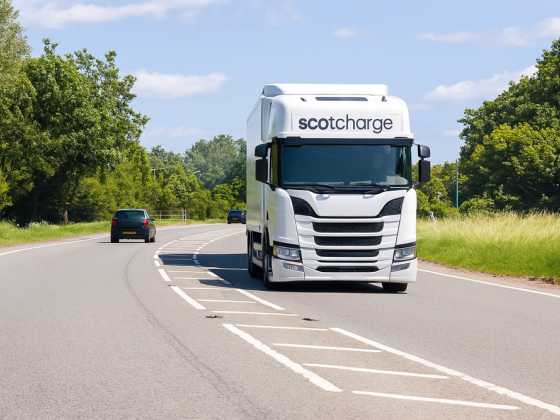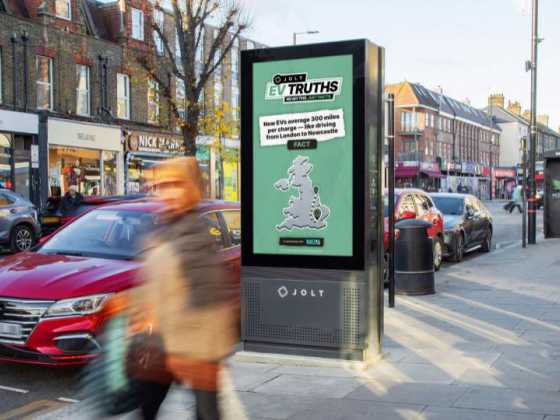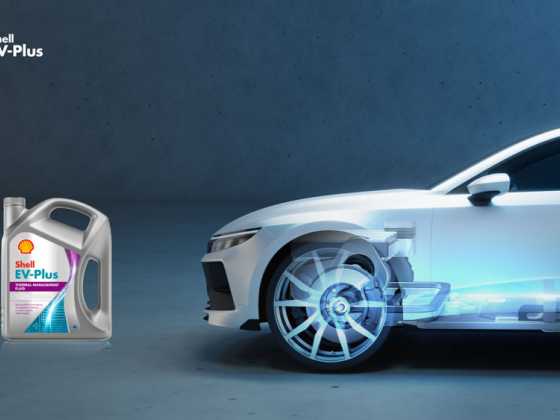Specs and prices confirmed for Škoda Octavia vRS iV

ŠKODA has announced final specifications and prices for the all-new Octavia vRS iV – the brand’s first ever electrified performance car. The plug-in hybrid with a combined output of 245PS, opens for order on Tuesday 3rd November with prices starting from £35,020 OTR.
The new Octavia vRS – the first vRS to be offered with a plug-in drivetrain – is a petrol and electric power unit fine-tuned to deliver a sporty and engaging driving experience. A 1.4 TSI petrol engine delivers 150PS while a three-phase permanent magnet 85kW electric motor boosts combined power output up to 245PS. Maximum torque output is 400Nm – 30Nm more than the previous Octavia vRS model.
The vRS iV is fitted with a 13kWh lithium-ion battery pack which can provide up to 39 miles of pure electric drive (WLTP) in addition to boosting the performance of the petrol engine. Charging is via a Type 2 connection and port located on the passenger side front wing. When connected to a 3.6kW charger, the battery pack can be charged from empty to full in 3.5 hours. Using a domestic three-pin 2.3kW power source, the pack can be fully charged in five hours.
The hatch version has combined WLTP fuel consumption figures of 256.8 - 176.6mpg, while the estate has WLTP combined figures of 235.4 - 176.6mpg. WLTP weighted CO2 figures are 26-36g/km for the hatch and 27-36g/km for the estate version.
The vRS iV is equipped with a six-speed DSG transmission with shift-by-wire technology as standard and is front-wheel drive. Both vRS iV body variants accelerate from 0 to 62mph in just 7.3 seconds and have a top speed of 139mph. Thanks to the increased torque output over the petrol-only Octavia vRS, the iV model is more than 2.2 seconds quicker from 50-70mph.
Drivers have a number of options that allow them to fine-tune how the vRS’s hybrid system operates. In Hybrid mode, the electronic control unit continuously assesses the current driving situation. Hybrid mode also offers the option of charging the battery via recuperation or the engine whilst the car is moving. If the box marked ‘Auto’ in the central display is left unticked, the driver can set their own desired battery level. If the current charge is below the specified amount, the vehicle tops up the battery using the petrol engine and brake energy recovery until the desired mark is reached. If the current charge is higher than specified, the energy is used until the desired level is met, and this is then maintained. If ‘Auto’ is selected, the charging system operates completely autonomously. This means the control unit decides based on the current driving situation when to draw power from the battery and when to recharge it using recovered energy.



